 System Tutorial
System Tutorial
 LINUX
LINUX
 Six ways to get involved on Linux: How to contribute to the operating system you love
Six ways to get involved on Linux: How to contribute to the operating system you love
Six ways to get involved on Linux: How to contribute to the operating system you love
Although Linux is a great operating system, it may have some inconveniences when compared to Windows or macOS. Since Linux distributions are community-supported projects, your contributions are needed if you want them to get better.
Here are some ways you can improve the Linux ecosystem.
1. Use Linux
This may be obvious, but one of the best ways to improve Linux is to actually use it. You will experience firsthand its capabilities and areas for improvement. This means you'll know which bugs need fixing and which user interface elements need more fine-tuning.
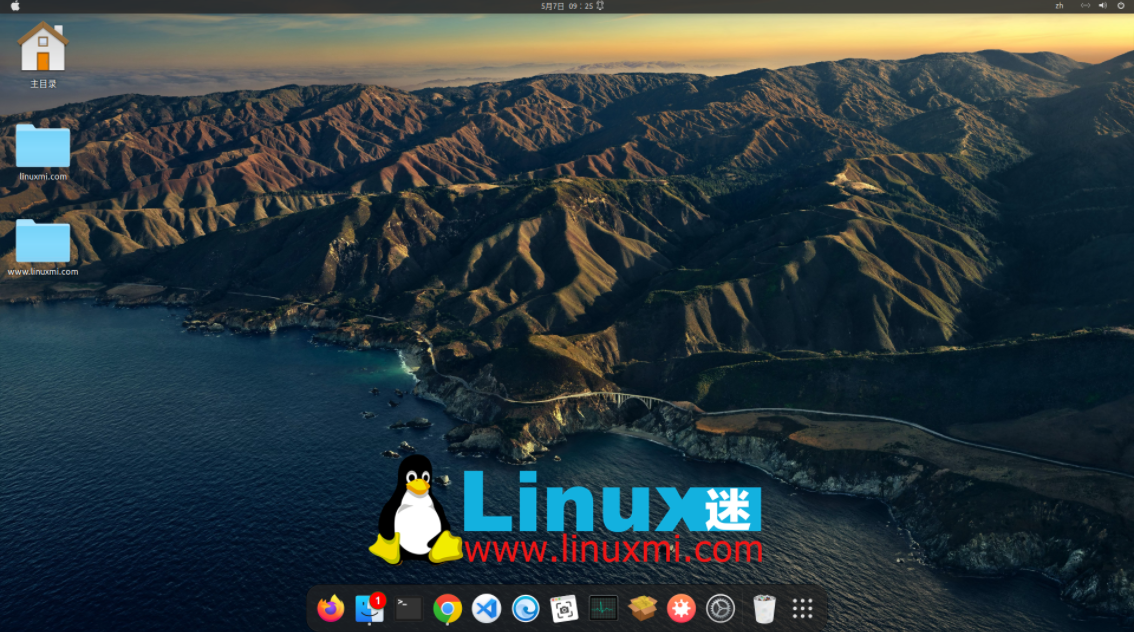
Related:
Five things not to forget to do when installing Ubuntu https://www.linuxmi.com/ubuntu-install-your-pc.html
How to transform Ubuntu into beautiful macOS https://www.linuxmi.com/ubuntu-23-04-like-macos.html
2. Participate in Linux testing
If you're feeling adventurous or have a spare machine, you can also test upcoming Linux releases on your device. Even using a virtual machine is possible.
If you use Debian, you may want to switch from Debian Stable to Debian Testing. As shown below:
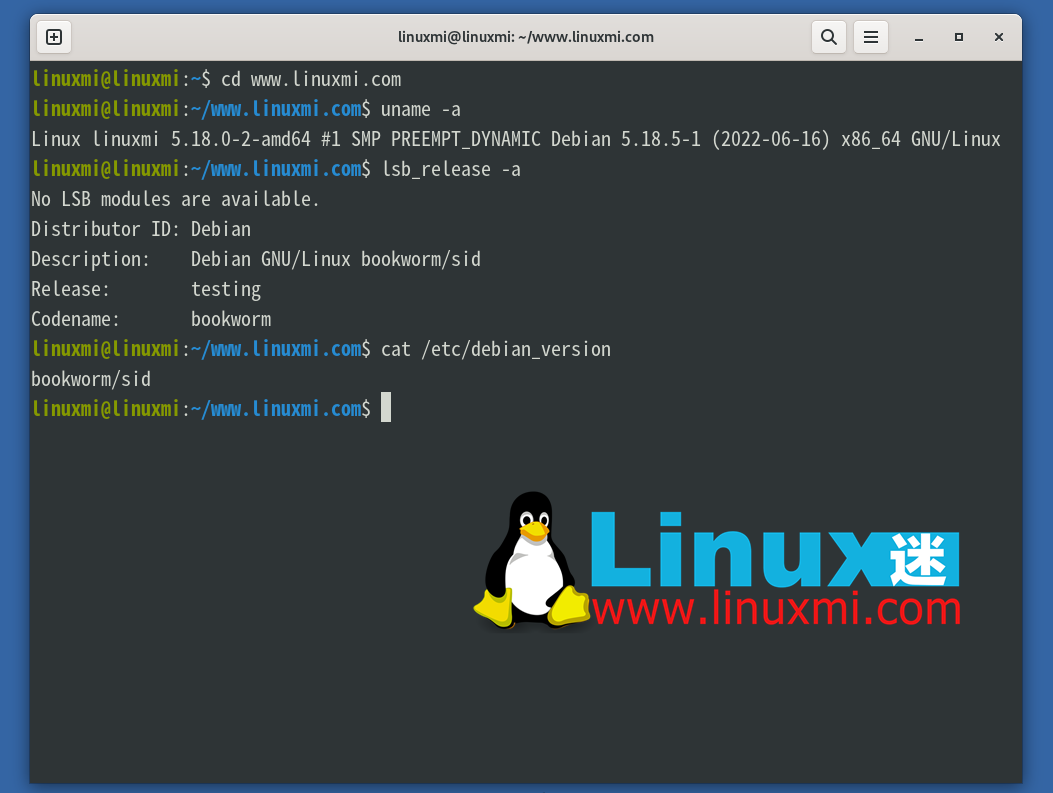
Using an up-to-date distribution like Arch Linux will allow you to catch problems faster without them making their way into the production distribution. This way you will be able to report bugs.
Related: How to switch from Debian stable version to Debian testing version https://www.linuxmi.com/debian-stable-testing.html
3. Report any bugs you find
If you encounter a problem with a Linux distribution or open source program, don't just complain on forums or social media. Take action. Use the error reporting mechanism provided by the developer to tell them what happened.
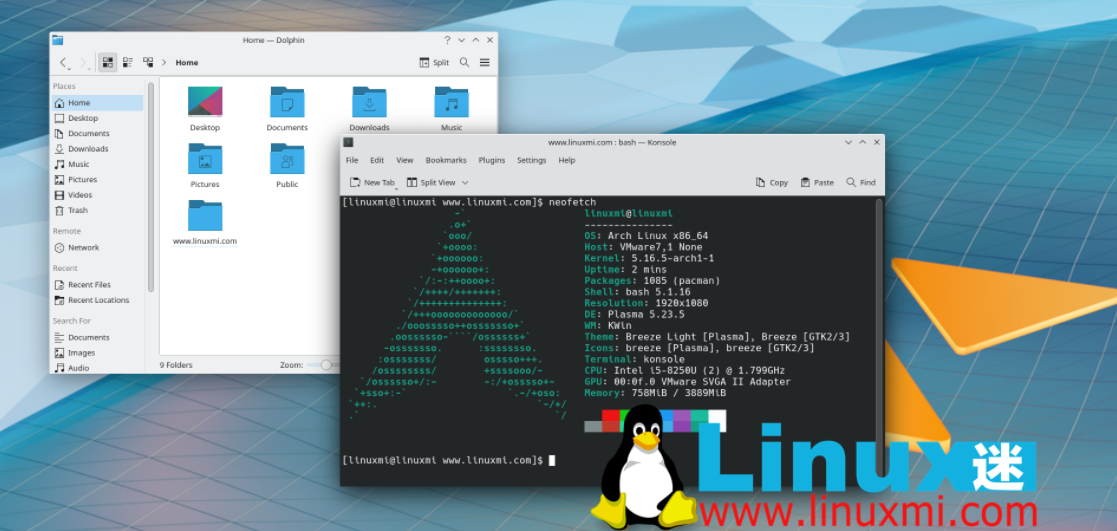
Most large open source projects, including Linux distributions, have some kind of bug tracking tool for tracking the progress of bugs. This is a refreshing thing about Linux compared to proprietary systems: they don't hide their flaws.
Recommendation: Complete guide to install Arch Linux using archinstall automation script https://www.linuxmi.com/archinstall-auto-arch-linux.html
4. Help other Linux users
Maybe you remember when you started using Linux. Things may seem confusing. Where should you go for help? How to accomplish this task in Linux? How to install Linux?
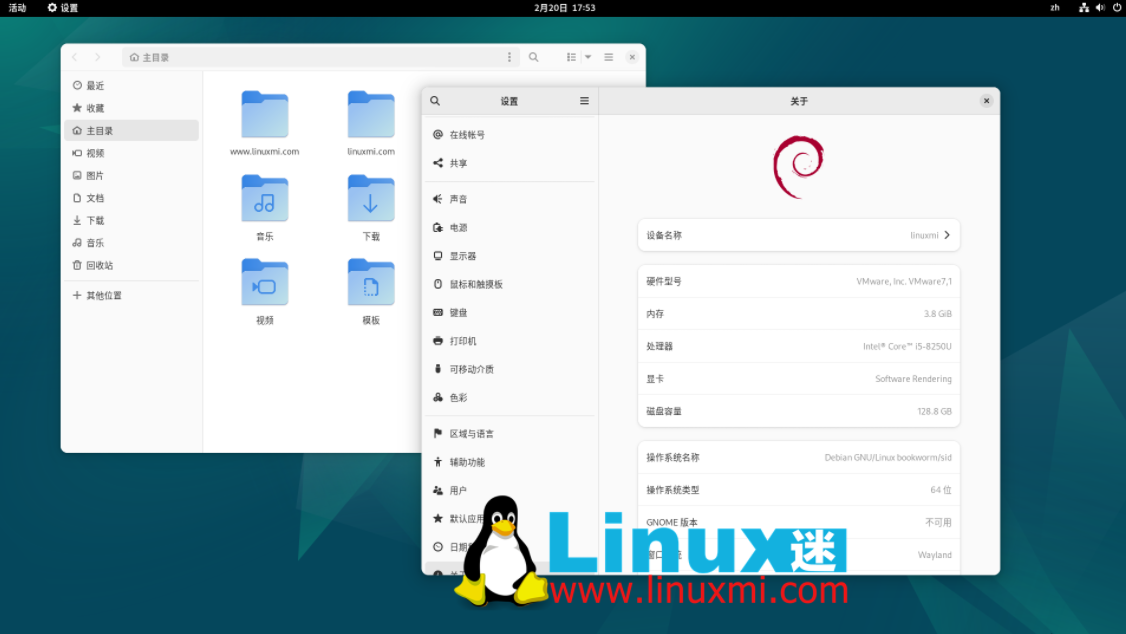
One of the great things about Linux is that it is a community, more so than other operating systems. This is why techies love Linux. There has always been grassroots support among users, from people using Linux helping each other. This includes face-to-face user groups, forums, and IRC channels.
If you have a problem, there's usually someone who knows how to fix it.
Recommended: Debian GNU/Linux 12 promises Windows 11 detection for dual-boot installations https://www.linuxmi.com/debian-gnu-linux-12-alpha2.html
5. Donate to Linux distribution
Even though Linux is free in price, its development still requires time and money. Funding for Linux and open source software comes from a variety of sources.
Some software is the result of research projects, the development of which is funded by universities. Other companies sponsor open source development. A good example is Red Hat, who develop Red Hat Enterprise Linux, and Canonical, the company behind Ubuntu.
However, many Linux distributions and other open source projects are like PBS shows: they are funded by viewers, or rather, by users like you. That means if you really care about them, you need to pay for them.
Many projects have donation pages where you can donate directly. Some of them also have product pages where you can purchase items to show your love for a particular item. You can use a coffee mug in the office or wear a t-shirt on the street.
6. Contribute to the Linux distribution
Even though it seems more professional these days, Linux still relies heavily on the contributions of volunteers. The Linux kernel, distributions, and other open source projects are the shining jewels of the free and open source software movement.
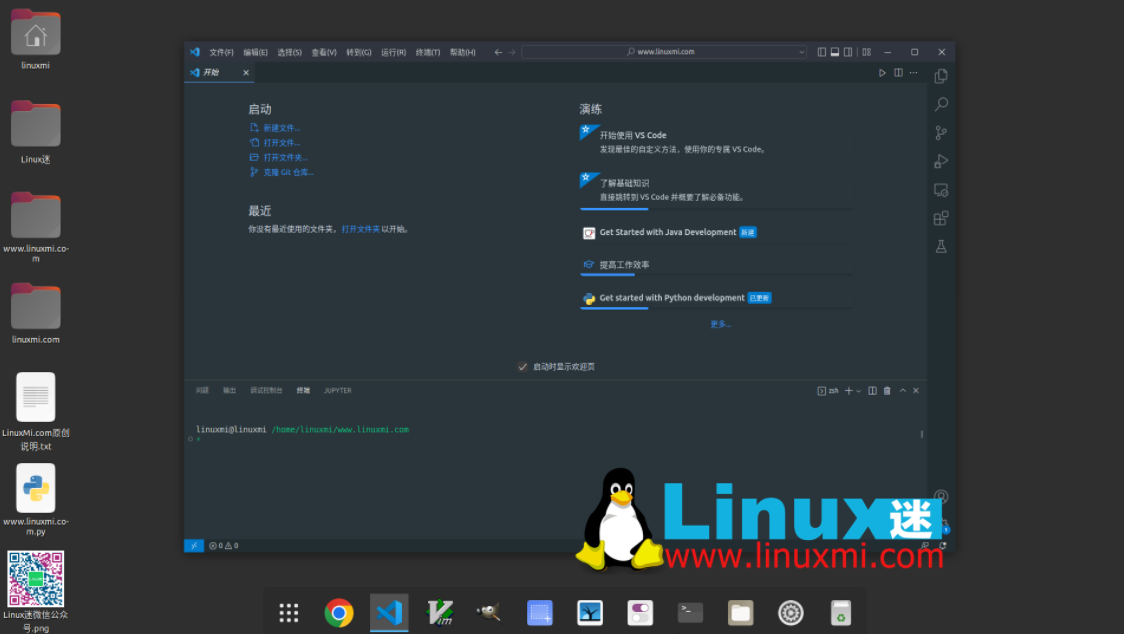
If you know how to code, you should seriously consider donating some of your efforts to your favorite distribution or other projects. If you have other skills, those may be in demand as well.
If you're good with words, software projects always require good documentation. You can try to improve the manual or wiki page. If you have a talent for art, you might consider contributing to the project's graphic design or volunteering to beautify its website.
Depending on your skills, you can contribute something of lasting value to Linux.
Related: How to turn VS Code into the ultimate Markdown editor https://www.linuxmi.com/vs-code-markdown.html
Improving Linux depends on everyone
Linux won’t improve on its own. You need to put in some effort, like writing code or testing a beta version of the distribution. There are many things you can contribute to Linux.
The above is the detailed content of Six ways to get involved on Linux: How to contribute to the operating system you love. For more information, please follow other related articles on the PHP Chinese website!

Hot AI Tools

Undresser.AI Undress
AI-powered app for creating realistic nude photos

AI Clothes Remover
Online AI tool for removing clothes from photos.

Undress AI Tool
Undress images for free

Clothoff.io
AI clothes remover

AI Hentai Generator
Generate AI Hentai for free.

Hot Article

Hot Tools

Notepad++7.3.1
Easy-to-use and free code editor

SublimeText3 Chinese version
Chinese version, very easy to use

Zend Studio 13.0.1
Powerful PHP integrated development environment

Dreamweaver CS6
Visual web development tools

SublimeText3 Mac version
God-level code editing software (SublimeText3)

Hot Topics
 1382
1382
 52
52
 Difference between centos and ubuntu
Apr 14, 2025 pm 09:09 PM
Difference between centos and ubuntu
Apr 14, 2025 pm 09:09 PM
The key differences between CentOS and Ubuntu are: origin (CentOS originates from Red Hat, for enterprises; Ubuntu originates from Debian, for individuals), package management (CentOS uses yum, focusing on stability; Ubuntu uses apt, for high update frequency), support cycle (CentOS provides 10 years of support, Ubuntu provides 5 years of LTS support), community support (CentOS focuses on stability, Ubuntu provides a wide range of tutorials and documents), uses (CentOS is biased towards servers, Ubuntu is suitable for servers and desktops), other differences include installation simplicity (CentOS is thin)
 How to install centos
Apr 14, 2025 pm 09:03 PM
How to install centos
Apr 14, 2025 pm 09:03 PM
CentOS installation steps: Download the ISO image and burn bootable media; boot and select the installation source; select the language and keyboard layout; configure the network; partition the hard disk; set the system clock; create the root user; select the software package; start the installation; restart and boot from the hard disk after the installation is completed.
 Centos options after stopping maintenance
Apr 14, 2025 pm 08:51 PM
Centos options after stopping maintenance
Apr 14, 2025 pm 08:51 PM
CentOS has been discontinued, alternatives include: 1. Rocky Linux (best compatibility); 2. AlmaLinux (compatible with CentOS); 3. Ubuntu Server (configuration required); 4. Red Hat Enterprise Linux (commercial version, paid license); 5. Oracle Linux (compatible with CentOS and RHEL). When migrating, considerations are: compatibility, availability, support, cost, and community support.
 How to use docker desktop
Apr 15, 2025 am 11:45 AM
How to use docker desktop
Apr 15, 2025 am 11:45 AM
How to use Docker Desktop? Docker Desktop is a tool for running Docker containers on local machines. The steps to use include: 1. Install Docker Desktop; 2. Start Docker Desktop; 3. Create Docker image (using Dockerfile); 4. Build Docker image (using docker build); 5. Run Docker container (using docker run).
 Detailed explanation of docker principle
Apr 14, 2025 pm 11:57 PM
Detailed explanation of docker principle
Apr 14, 2025 pm 11:57 PM
Docker uses Linux kernel features to provide an efficient and isolated application running environment. Its working principle is as follows: 1. The mirror is used as a read-only template, which contains everything you need to run the application; 2. The Union File System (UnionFS) stacks multiple file systems, only storing the differences, saving space and speeding up; 3. The daemon manages the mirrors and containers, and the client uses them for interaction; 4. Namespaces and cgroups implement container isolation and resource limitations; 5. Multiple network modes support container interconnection. Only by understanding these core concepts can you better utilize Docker.
 What to do after centos stops maintenance
Apr 14, 2025 pm 08:48 PM
What to do after centos stops maintenance
Apr 14, 2025 pm 08:48 PM
After CentOS is stopped, users can take the following measures to deal with it: Select a compatible distribution: such as AlmaLinux, Rocky Linux, and CentOS Stream. Migrate to commercial distributions: such as Red Hat Enterprise Linux, Oracle Linux. Upgrade to CentOS 9 Stream: Rolling distribution, providing the latest technology. Select other Linux distributions: such as Ubuntu, Debian. Evaluate other options such as containers, virtual machines, or cloud platforms.
 What computer configuration is required for vscode
Apr 15, 2025 pm 09:48 PM
What computer configuration is required for vscode
Apr 15, 2025 pm 09:48 PM
VS Code system requirements: Operating system: Windows 10 and above, macOS 10.12 and above, Linux distribution processor: minimum 1.6 GHz, recommended 2.0 GHz and above memory: minimum 512 MB, recommended 4 GB and above storage space: minimum 250 MB, recommended 1 GB and above other requirements: stable network connection, Xorg/Wayland (Linux)
 What underlying technologies does Docker use?
Apr 15, 2025 am 07:09 AM
What underlying technologies does Docker use?
Apr 15, 2025 am 07:09 AM
Docker uses container engines, mirror formats, storage drivers, network models, container orchestration tools, operating system virtualization, and container registry to support its containerization capabilities, providing lightweight, portable and automated application deployment and management.



